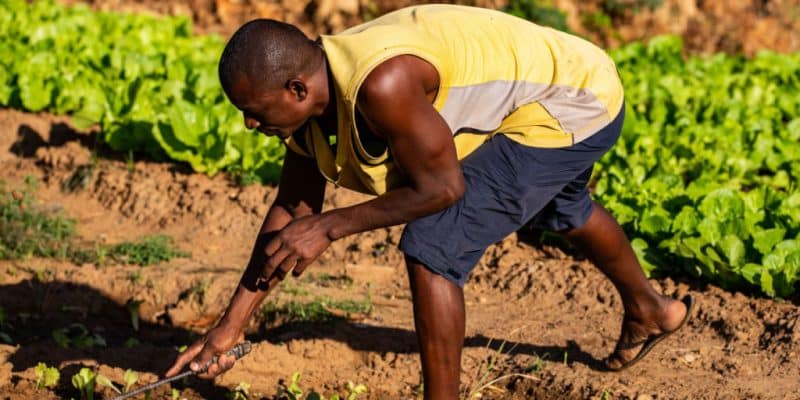The West African Development Bank (BOAD) will finance the Hydro-Agricultural Development Project with Smart and Climate Resilient Agricultural Practices (PAHA-AIC). The loan was approved on 9 March 2023 by the Government of the Republic of Niger.
The Government of Niger will receive funding for the Hydro-Agricultural Development Project with Smart and Climate Resilient Agricultural Practices (PAHA-AIC). The law authorising the ratification of the financing agreement between Niger and the West African Development Bank (BOAD) was recently adopted by the Nigerien Council of Ministers. It involves 35 million euros, of which 10.6 million euros will be granted in the form of a loan and 24.2 million euros as a grant.
The funding will allow for the development of 1750 hectares of agricultural land through the installation of drip and Californian irrigation systems. The principle of the Californian system consists of distributing water to crops through underground rigid PVC pipes with a diameter of 40-50 m.
Improving crop yields
These works will be carried out in the regions of Agadez, Tahoua, Maradi, Zinder and Diffa. The PAHA-AIC also covers the rehabilitation of 749 hectares of agricultural land. These works will improve agricultural yields, thereby reducing food insecurity exacerbated by drought, floods and erosion. In Niger, agriculture accounts for nearly 40% of gross domestic product (GDP) according to the United Nations Office for Project Services (UNOPS).
To strengthen the resilience of farmers in the targeted areas, the PAHA-AIC will also enable the construction of boreholes equipped with solar pumps and the construction of storage tanks. The technical and organisational capacities of farmers’ groups will be strengthened for the management of these facilities and the implementation of other climate-resilient actions.
Read Also – NIGER: towards the signature of the Helsinki Convention on water resources management
The Hydro-Agricultural Development Project with Smart and Climate Resilient Agricultural Practices will also protect sites from water erosion through the construction of anti-erosion structures and flood control for peripheral areas. Erosion control by planting trees around the plots and the different sites will also be reinforced.
Inès Magoum







